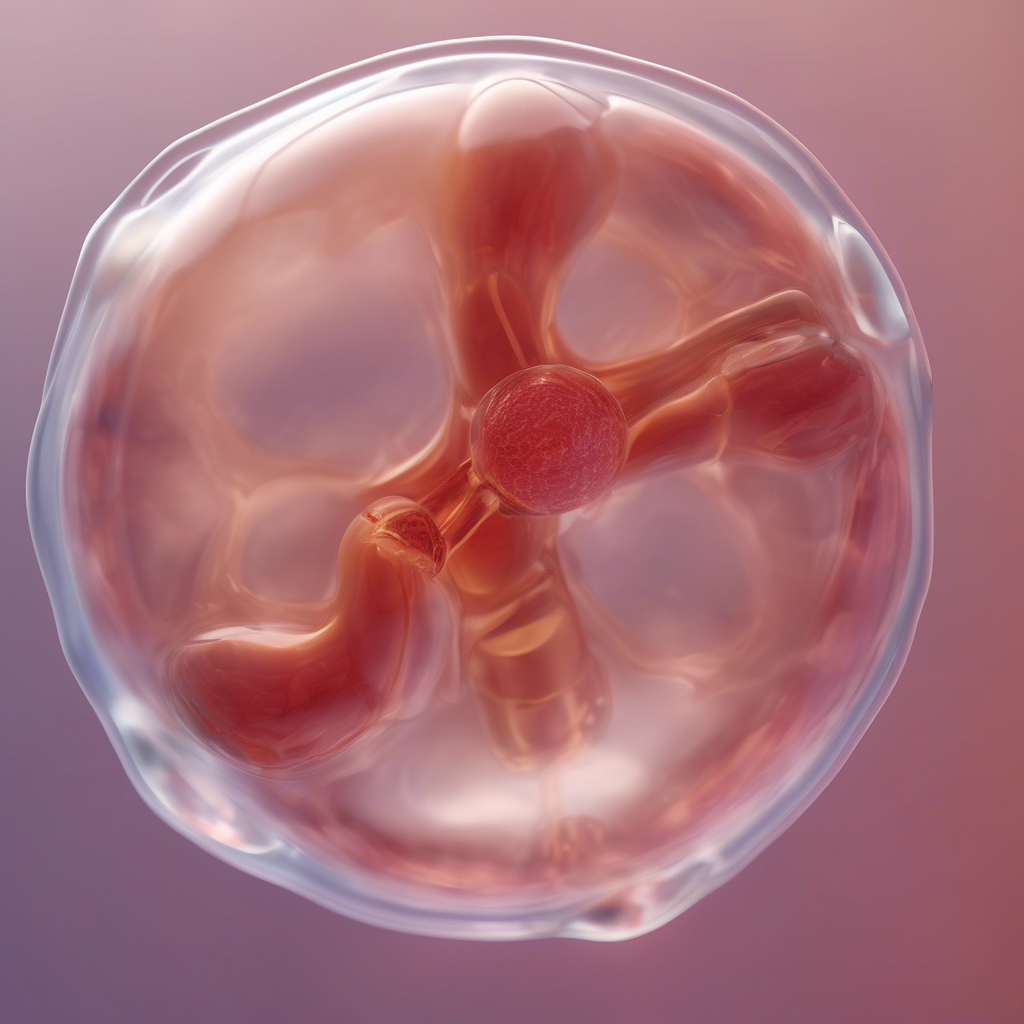
Immune checkpoint inhibitors (ICIs) have revolutionized the landscape of cancer therapy, offering hope to patients with advanced malignancies through their ability to unleash the body's own immune system to combat tumors. However, as with any powerful therapeutic intervention, ICIs bring a spectrum of side effects, collectively known as immune-related adverse events (irAEs), which can affect nearly every organ system in the body. Among these, inflammatory arthritis induced by ICIs (ICI-IA) presents unique challenges that blur the lines between cancer therapy benefits and autoimmune complications, often mimicking infectious arthritis and complicating patient care.
The case of a 69-year-old man with metastatic urothelial carcinoma vividly illustrates this complexity. Undergoing pembrolizumab therapy, an anti–PD-1 ICI, the patient developed severe, polyarticular inflammatory arthritis affecting both native and prosthetic joints—a presentation rare in clinical practice and marked by dramatic synovial fluid inflammation that closely resembled septic arthritis. Despite classic signs such as fever and elevated white blood cell counts with a neutrophil predominance in joint fluid, meticulous investigation revealed no infectious agent. This conundrum highlights an important yet underrecognized facet of ICI-IA: its clinical and laboratory overlap with infection.
Immune checkpoint inhibitors operate by disrupting regulatory pathways—such as CTLA-4, PD-1, and PD-L1—that normally keep immune responses in check, thereby enabling T cells to attack cancer cells. Yet, this immune activation can inadvertently target normal tissues, leading to irAEs. Rheumatic irAEs, including ICI-IA, manifest with wide-ranging severity, from mild joint pain to incapacitating arthritis. Notably, unlike classic autoimmune arthritis such as rheumatoid arthritis (RA), ICI-IA often exhibits negative autoantibodies despite its similar polyarticular presentation. Moreover, while ICI-IA generally occurs within the first few months of therapy, onset can be quite variable, stretching from weeks to over a year.
The diagnostic challenge intensifies in cases involving prosthetic joints, as described in the featured patient. Typically, elevated synovial fluid white blood cell counts with neutrophil dominance point toward septic arthritis, a medical emergency requiring prompt antibiotic treatment and often surgical intervention. However, this patient’s negative cultures and lack of infectious organisms despite purulent appearing joint fluid and inflammatory markers prompted re-evaluation of the diagnosis. Treatment with high-dose steroids, a mainstay for autoimmune inflammation, resulted in rapid clinical improvement, supporting an immune-mediated etiology. This dichotomy underscores the necessity of a thoughtful, multidisciplinary approach to guide therapy—balancing the risks of missed infections against those of untreated immune reactions.
A comprehensive literature review reveals that severe ICI-IA, while uncommon, shares consistent features: polyarticular arthritis predominantly involving large joints, elevated markers of inflammation, and absence of other known rheumatic diseases. Synovial fluid analyses consistently show marked neutrophil predominance but variable white blood cell counts, further complicating differentiation from septic arthritis. Interestingly, cases reported to date involve mostly anti–PD-1 therapies, and steroids have been effective in controlling symptoms. The rarity and complexity of these cases underline an important knowledge gap in the management of musculoskeletal complications in patients receiving ICIs, especially those with existing prosthetic joints.
Looking ahead, the rising use of ICIs across cancer types, coupled with an aging population increasingly undergoing joint replacement surgeries, suggests that clinicians will encounter more patients with overlapping prosthetic joints and ICI-IA. Understanding the distinct immunological landscape and diagnostic markers of arthritis in these patients is crucial. This could lead to the development of clearer guidelines that aid in distinguishing immune-mediated inflammatory arthritis from infection, ultimately improving patient outcomes. Meanwhile, this case stands as a compelling example of the intricacies involved when the immune system's powerful weaponry both battles cancer and inadvertently turns its fire on the body’s own tissues.
#ImmuneCheckpointInhibitors #InflammatoryArthritis #CancerImmunotherapy #AutoimmuneSideEffects #SynovialFluidAnalysis #OncologyAdvances #Rheumatology
Leave a Reply